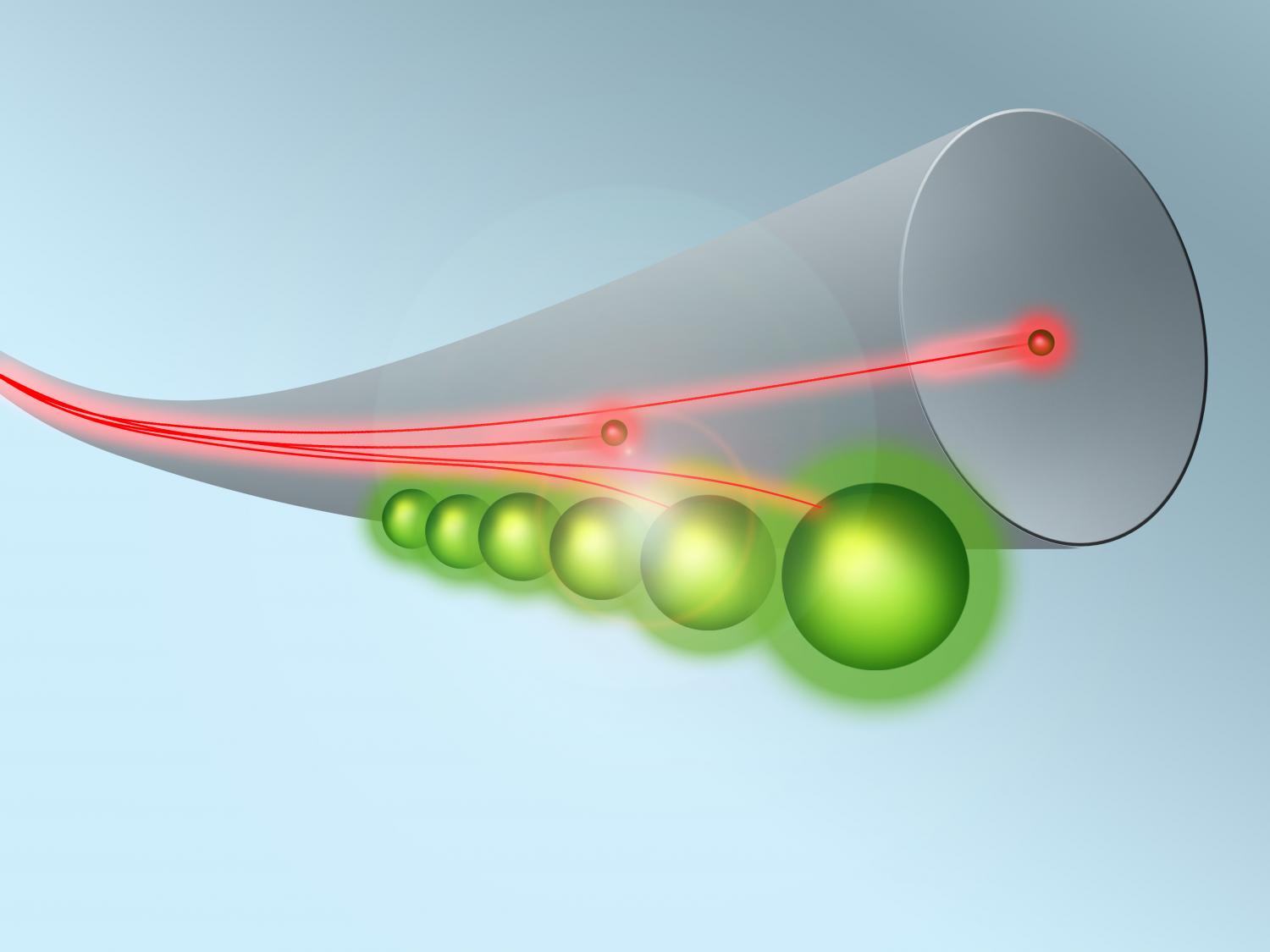
The era of quantum Internet communication is steadily approaching sooner than scientists once anticipated. Researchers from the Vienna University of Technology have successfully brought photons — the particles of light — to a complete standstill using today’s glass fiber networks. This is a major achievement, seeing as photons are one of the biggest enablers of quantum communications, while at the same time, their rapid speed and inability to remain stationary has been detrimental in establishing the perquisites needed to teleport qubits over large distances.
Postdoc fellow Clément Sayrin explains that there are multiple ways of quantum mechanically transferring information, but glass fiber technology is the most attractive option given the glassfiber infrastructure already exists in many major cities. The team managed to successfully slow down the photons to a speed of 180 km/hour as well as completely halt their progress, storing and retrieving them again at a later point. Compared to the 300 million meters per second that light travels at in a void, the interaction between light and matter in this instance is quite extreme, states Professor Arno Rauschenbeutel (TU Wien / Vienna Center for Quantum Science and Technology).
The process was accomplished by joining cesium atoms to an ultrathin glass fiber, and flashing the atoms with a laser. When cesium atoms come into contact with laser light, they absorb it, and transition from a state of low energy to a state of higher energy, assuming the energy of the absorbed photon matches the energy of the difference between the two states.
Under these circumstances alone, the light cannot be retrieved in a controlled manner, but by applying an additional control-laser, the team was able to couple the high-energy state to a third atomic state and prompt the atoms to emit the light back into the glass fiber, thus preventing the photon from simply being absorbed and randomly emitted. This way, the photon’s quantum information “is transferred to an ensemble of atoms in a controlled way, and it can be stored there for some time,” effectively transforming the photon into a grouping of excitation atoms, adds Rauschenbeutel.
The main takeaway is that the photons’ properties remain unaltered, thus establishing the framework for achieving quantum communications within the contemporary infrastructure available to us. Storing photons in this manner makes it possible to engage in long distance communications without the risk of eavesdropping.
Source: Phys.org
Advertisement
Learn more about Electronic Products Magazine





